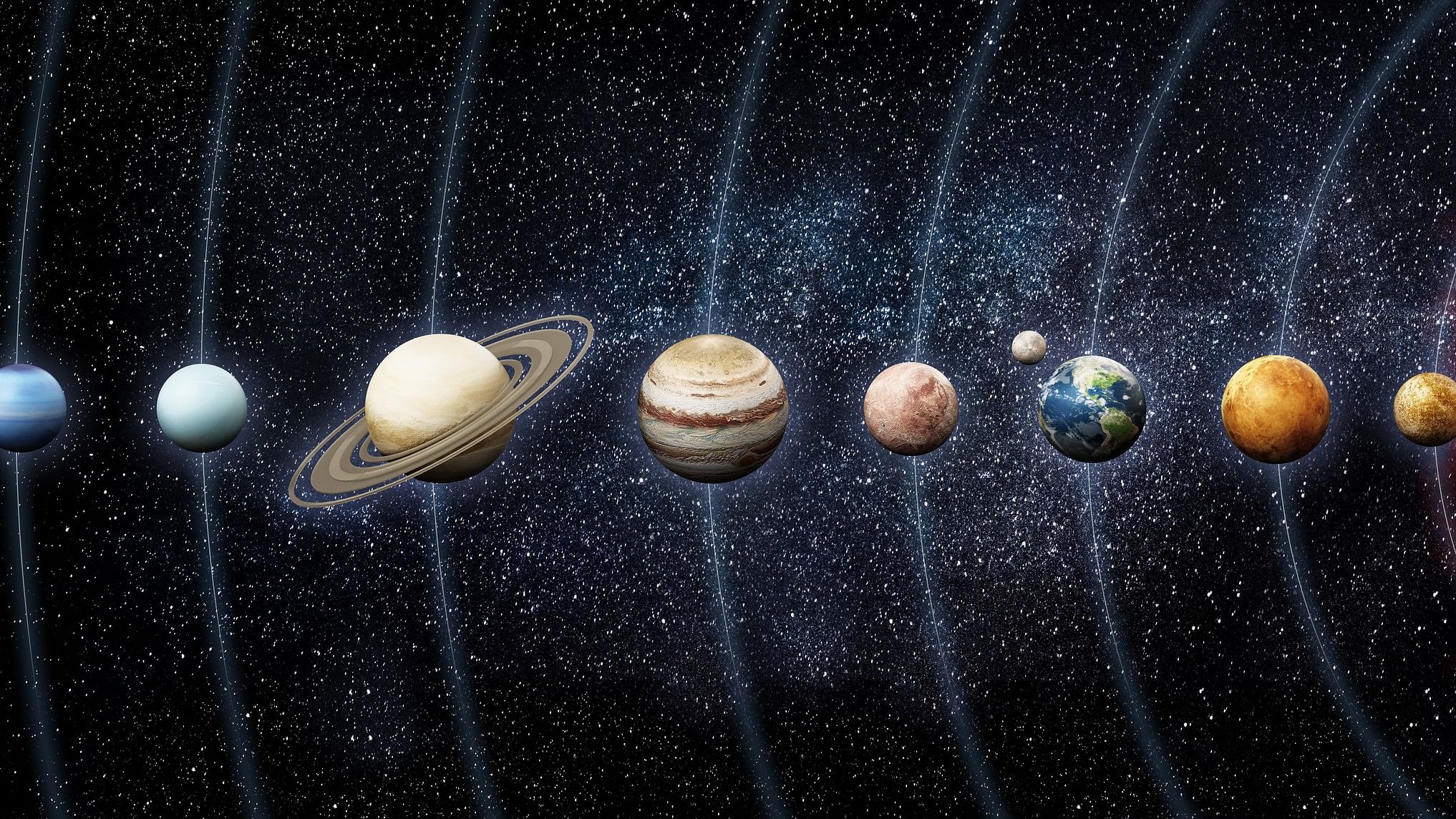
The known planets in the solar system.
Credit: iStock Photo
Is there a planet beyond Pluto (which is now a dwarf planet itself) in the outer solar system? This is a question that has haunted astronomers for ages, and if all goes well, the answer will be out soon.
“It is very possible that Planet Nine will be found within the first year of the Vera C. Rubin Observatory,” California Institute of Technology astronomer Mike Brown told Interesting Engineering. He is among scientists proposing the Planet Nine theory.
The Vera C. Rubin Observatory is currently under construction in Chile.
Why do many scientists believe there is a Planet Nine?
Many scientists have proposed the idea of a planet existing in the outer solar system because of the impact of its gravitation on other small celestial objects.
The planet, if it exists at all, is likely billions of kilometres away from the known objects of the solar system.
One observation that has strengthened this theory is the unusual orbital path of the potential dwarf planet Sedna, which lies beyond the Kuiper Belt.
This orbit has given rise to hypotheses that the gravitational pull of another, bigger object is influencing Sedna's path.
Another object (a part of the Kuiper Belt) with an eccentric orbit was discovered in 2014.
Brown, who is among the co-discoverers of Sedna, told the publication, “Some of our earlier hypotheses, before we realized that all of these objects were clustered, was that the highly elongated orbits that stayed far from Neptune were formed when a star came unusually close to the sun during the early history of the solar system.”
Vera C. Rubin Observatory: All you need to know
The Vera C. Rubin Observatory.
Credit: rubinobservatory.org
With a resolution above 3.2 gigapixels, a nearly three-ton weight and the ambitious task of carrying out an unprecedented decade-long exploration, the largest digital camera ever built for optical astronomy is ready to be installed under the clear skies of northern Chile.
The pieces required to assemble the Vera C. Rubin Observatory—which includes a ground-based telescope and the camera—traveled in several vehicles to the summit of Cerro Pachón in the Coquimbo region, on the edge of the Atacama desert, some 565 kilometers north of Santiago.
According to its website, the Rubin Observatory is a complex, integrated system consisting of an eight-meter wide-field ground-based telescope, the camera, and an automated data processing system.
It will generate approximately 20 terabytes of data per night and its ten-year exploration will produce a catalog database of 15 petabytes.
The goal of the exploration will be to understand the nature of dark energy and dark matter in the universe - of which only a small part is known - as well as studying the possibility of Earth colliding with asteroids, or stars and planets close to the sun.
Are there detractors to the idea of Planet Nine?
Not all scientists agree to the idea of a Planet Nine.
University of Regina astronomer Samantha Lawler is of the opinion that the eccentric orbital paths of some objects in the solar system is due to “observational bias. “This is because it is easier to spot trans-Neptunian objects (TNOs) that are closer to the Sun than examples that are farther away on the outskirts of the Solar System."
Lawler had earlier written in an article for The Conversation, “Many beautiful and surprising objects remain to be discovered in the mysterious outer solar system, but I don’t believe that Planet Nine is one of them.”
(With Reuters inputs)